So in this blog, we will be looking at the history of Kohima. So let’s get into it without wasting any more time.
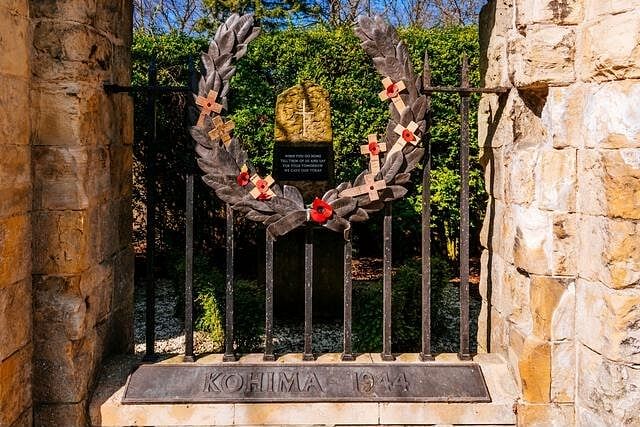
Table of Contents
Table of Contents
- History of Kohima
- Kohima in World War II
- Battle of Kohima
- Japanese invasion in Kohima
- Historical Places to Visit In Kohima
- 1. Kohima War Cemetery
- 2. Nagaland State Museum
- 3. Garrison Hill
History of Kohima
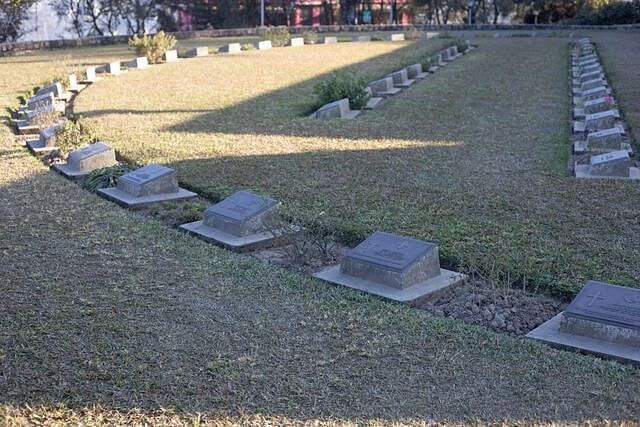
The History of Kohima reflects the resilience and cultural richness of the Naga people. Over the years, the city has witnessed significant socio-political changes, from the struggle for independence to its integration into the Indian Union in 1963. Despite these transitions, Kohima retains its cultural identity, evident in its traditional festivals, indigenous art forms, and deep-rooted customs.
Now that we have an overview of the History of Kohima let’s have a look at some of the Historical Significance of Kohima in detail with the historical places to visit in Kohima.
Kohima in World War II
Kohima was vital strategically, as its capture would have enabled the Japanese to advance into India. Fierce fighting ensued in the hills and streets of Kohima, with British and Indian troops defending the town against overwhelming odds. Ultimately, the Allied forces prevailed, securing Kohima and halting the Japanese advance, a victory that helped change the course of the war in the region.
Suggested Read: Top 10 Religious Places In Tezpur: Best Holy Sites In The City
Battle of Kohima
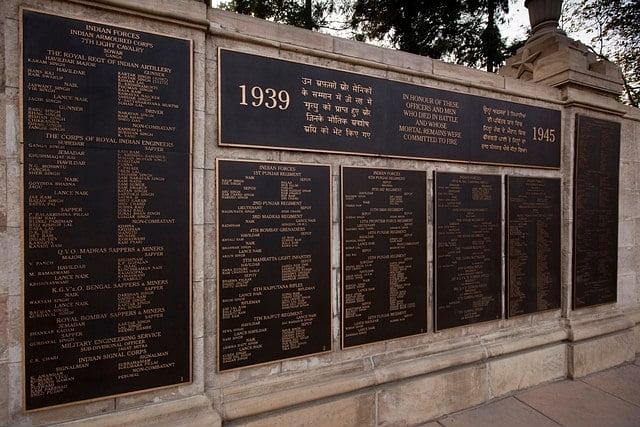
It was a fierce fight, with soldiers defending the town against heavy odds. Eventually, the Allied forces emerged victorious, stopping the Japanese advance and changing the course of the war in the region. Today, the Kohima War Cemetery stands as a memorial to the soldiers who fought and died in this historic battle.
Suggested Read: The Rich History Of Papum Pare District: Living The Legacy
Japanese invasion in Kohima
The Japanese invasion of Kohima resulted in fierce battles, especially around Kohima Ridge, a key strategic location. The elevated terrain of Kohima Ridge provided a crucial defensive position for the Allied forces, allowing them to withstand the Japanese assaults and ultimately secure victory. Today, Kohima Ridge significance is remembered as a symbol of resilience and sacrifice during the Battle of Kohima, commemorated by memorials like the Kohima War Cemetery.
Historical Places to Visit In Kohima
1. Kohima War Cemetery
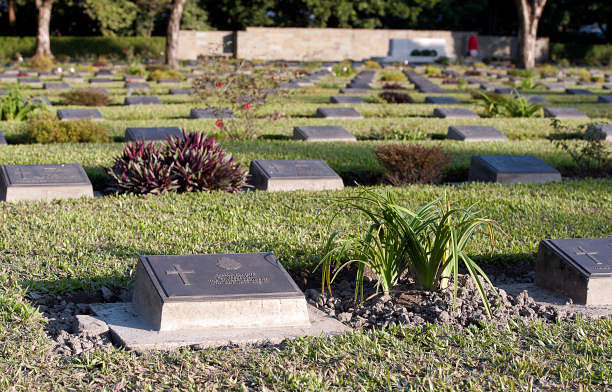
It contains rows of white graves, each marked with a simple headstone bearing the soldier’s name, rank, and regiment. The Kohima War Cemetery is one of several Kohima memorials dedicated to commemorating the soldiers who fought and died in one of the fiercest battles of the Eastern Front. It serves as a poignant reminder of the cost of war and the importance of remembering those who gave their lives for peace.
- Location: Midland Colony, Kohima, Nagaland 797005
Suggested Read: Explore The 10 Top Historical Places In Guwahati | Travel Guide
2. Nagaland State Museum
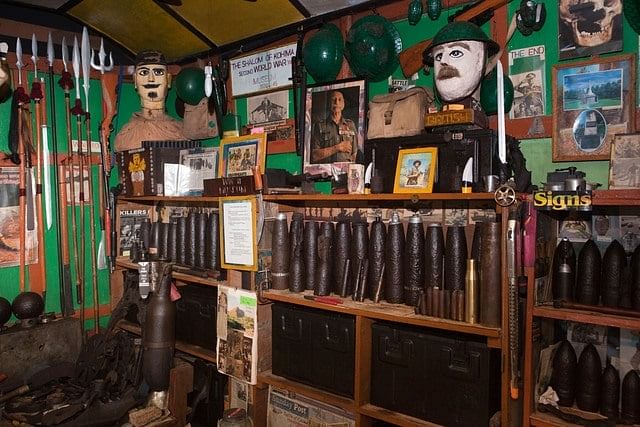
Visiting the Nagaland State Museum, or the Kohima Peace Museum, offers visitors a chance to learn about the history and cultural heritage of Nagaland comprehensively and engagingly. From ancient artefacts to contemporary artworks, the museum’s exhibits provide a glimpse into the evolution of Naga society and its resilience in the face of changing times.
3. Garrison Hill
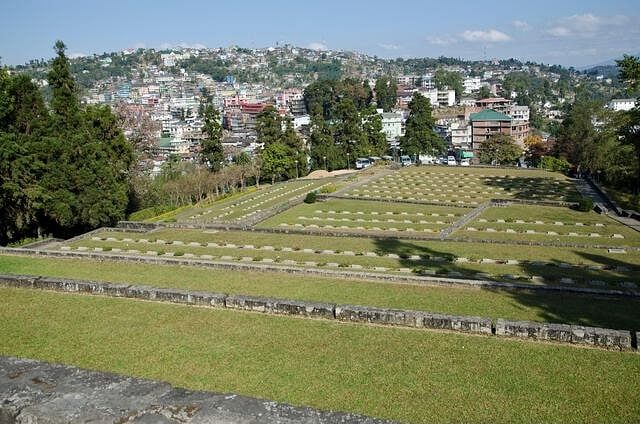
Visiting Kohima Garrison Hill provides visitors with a poignant reminder of the sacrifices made during World War II and the valour displayed by the Allied forces. The hill offers panoramic views of Kohima and its surroundings, making it a popular destination for tourists and history enthusiasts alike.
- Location: Kohima, Nagaland 797005
Suggested Read: Top 17 Temples In Guwahati: Exploring The Sacred Sites
The historical significance of Kohima is deeply rooted in its role during World War II, particularly in the Battle of Kohima. This pivotal event showcased the bravery and sacrifice of the Allied forces, who defended the town against the invading Japanese army. Today, Kohima stands as a symbol of resilience and remembrance, with landmarks such as the Kohima War Cemetery and Kohima State Museum serving as reminders of the town’s storied past. As visitors explore Kohima’s historical sites and learn about its heritage, they gain a deeper appreciation for the sacrifices made and the enduring spirit of its people.
Get exclusive travel insights & updates into your inbox!
*By clicking subscribe you'll receive emails from WanderOn.
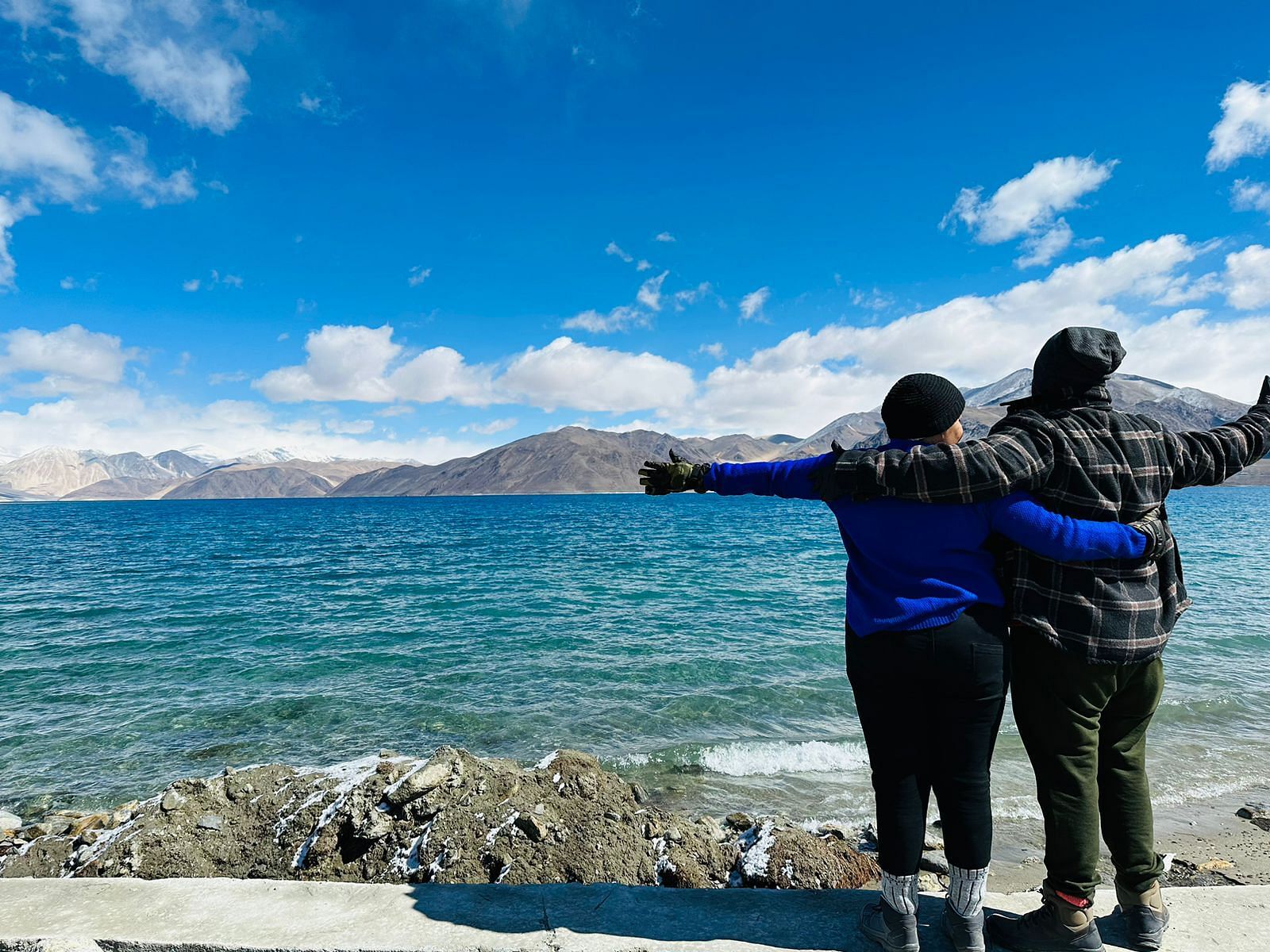
Shrutika Parab
★★★★★24 May 2024
“Thank you Team Wanderon for the amazing Ladakh Experience. Right from the point of making the bookings with Mr. Chakshu to the point of completion of the trip received amicable support.
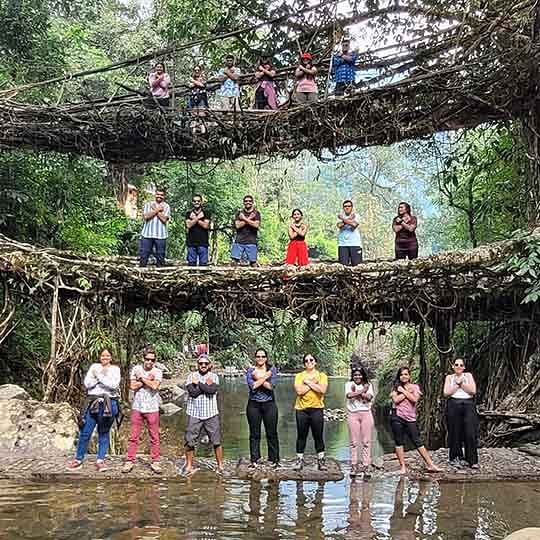
Sonal Shekhar Dash
★★★★★9 May 2024
“I did my first solo trip in India with WanderOn. Initially I was sceptical about their Meghalaya-Kaziranga trip as I didn't have any prior experience with them but the team assured me that it's going to be one of the best experiences of my life.

Archana Awati
★★★★★30 Apr 2024
“In Ladakh, find the perfect blend of culture, adventure, and serenity. December last year I decided that my next trip would be Ladakh but didn’t know how to go about it. I knew I wanted to travel in a group, as I had prior experiences of traveling in a group but wanted an organiser I could trust. Ladakh isn’t like other destinations wherein you need some instructions due to the high altitudes.
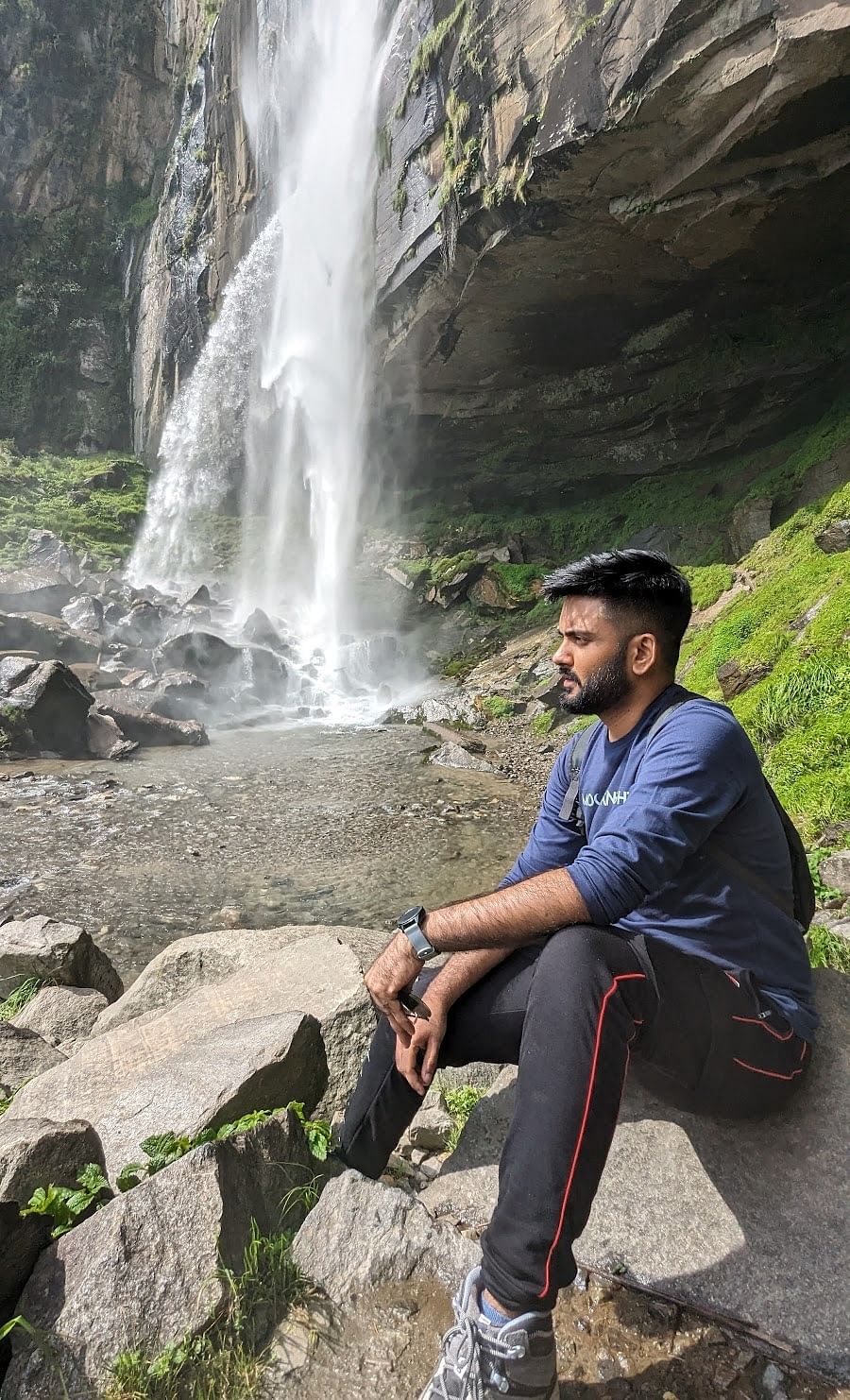
Kartik Dilawari
★★★★★4 Jul 2024
“After an amazing trip to Tirthan with WanderOn, I decided to go to Manali-Jispa with them and yet again, the experience was worth every penny. The place was very beautiful and the quality of service was top-notch, the itinerary was very good and the quality of transportation and stays were very good. Had an awesome time there and made some good friends as well. Lastly, our trip captains Priyasha and Rachit managed the entire trip very well and were so fun and made our trip an experience worth remembering.
FAQ'S
01
Why is Kohima important historically?
Kohima holds historical importance primarily due to its pivotal role in the Battle of Kohima during World War II. Fought from April to June 1944, this battle marked a decisive turning point in the Eastern Front, halting the Japanese advance into India. The courage of Allied forces, mainly British and Indian troops, in defending Kohima against overwhelming odds, secured victory and changed the course of the war.
02
What happened at Kohima during World War II?
03
How did the Battle of Kohima impact the course of the war?
04
What memorials can be found in Kohima related to its historical Significance?
WanderOn Special

WANDERON EXPERIENCES PVT LTD
3rd Floor, Building No-436, Phase IV, Udyog Vihar, Sector-18, Gurugram, Haryana-122015


